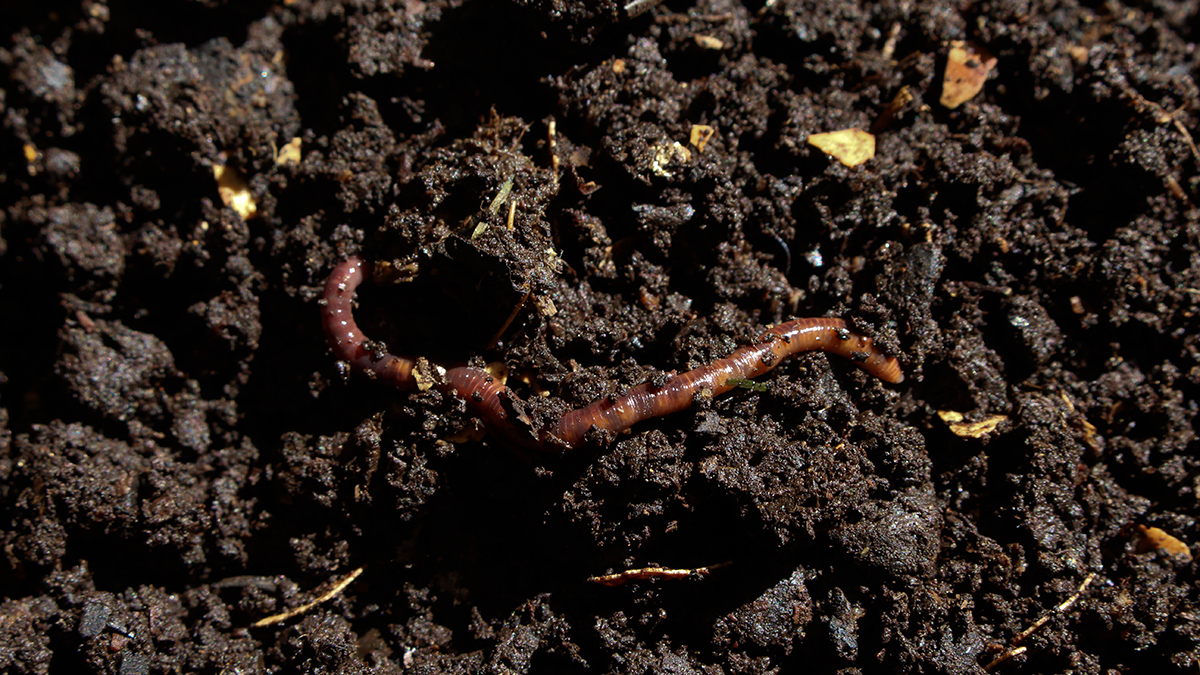New research in mineral weathering shows that earthworms may be an important contributor to Earth’s weathering cycle.
worms
Posted inNews
New Postage Stamps Focus on Bioluminescent Marine Life
The stamps help draw attention to the wonders of creatures that generate their own light and to the environmental problems that threaten them in marine habitats, scientists say.
Posted inResearch Spotlights
Follow Earthworm Tracks to Better Simulate Water Flow in Soils
Incorporating paths carved by the critters and by tree roots helps scientists align simulations of tropical soils more closely with real-world data.
Posted inNews
Asphalt Volcanoes Erupt in Slow Motion
Natural asphalt seeps on the ocean floor provide a stable home for diverse marine life that sequesters greenhouse gases.




